1. They’re Surprisingly Social

According to The National Park Service, raccoons might look like solitary creatures, but they often live in loose family groups, especially mothers with their young. They are not solitary creatures; you’ll often see them working together, especially when raiding trash bins or exploring new areas. These family bonds are important for their survival, as older raccoons teach the younger ones crucial skills like hunting, climbing, and foraging. The younger raccoons learn by mimicking the adults, ensuring that the next generation can thrive in their environment.
However, this social behavior can lead to more raccoons showing up on your property, especially if they find it to be a welcoming place. It’s not uncommon to spot a family of raccoons wandering together at dusk, as they look for food and shelter. While their cuteness is undeniable, it can be a headache for homeowners when they start to overstay their welcome. If you’d prefer not to host a raccoon reunion, it’s important to make your home less appealing. Remove food sources, secure trash cans, and seal any potential entry points to keep these curious critters at bay.
2. They’re Surprisingly Intelligent

Think of raccoons as nature’s puzzle solvers. According to PSB Nature, their intelligence has been compared to that of primates, as they can learn and remember solutions to problems for years. No latch, door, or bird feeder seems truly raccoon-proof. They’ve been known to manipulate locks, pry open containers, and even figure out how to open doors and windows. Watching them tackle these challenges feels like watching a furry little engineer at work, as they analyze, adjust, and persist until they succeed.
This impressive problem-solving ability allows raccoons to adapt to both rural and urban environments, making them resilient survivors. While their cleverness can certainly create headaches for homeowners—especially when they raid your trash cans or break into bird feeders—it’s also a reminder of how resourceful and determined wildlife can be. If you’ve ever caught a raccoon in the act, you might have found yourself annoyed by the mess they leave behind, but you can’t help but admire their determination and ingenuity.
3. They Help Control Pests

Raccoons are natural pest controllers, feeding on insects, grubs, and small rodents. They are often spotted digging in lawns, but it’s not out of a desire to destroy your garden. Rather, they’re on a mission to find tasty treats like beetle larvae, worms, or other small creatures that hide beneath the soil. Their digging actually helps control pest populations, and if you’ve noticed fewer pests in your garden, you might just have a raccoon to thank for it.
But while their pest-control efforts are beneficial, they come with a cost. A raccoon’s digging can turn your lawn into something that resembles a mini-construction site, with holes and uneven patches scattered around. This can be frustrating for homeowners who want to maintain a pristine yard. Balancing the benefits of their natural pest control with the potential for yard damage is a key part of living near raccoons. While you can appreciate their role in the ecosystem, it may take some effort to keep your yard intact—perhaps with some deterrents to keep them from digging in your favorite garden spots.
4. They Carry Diseases
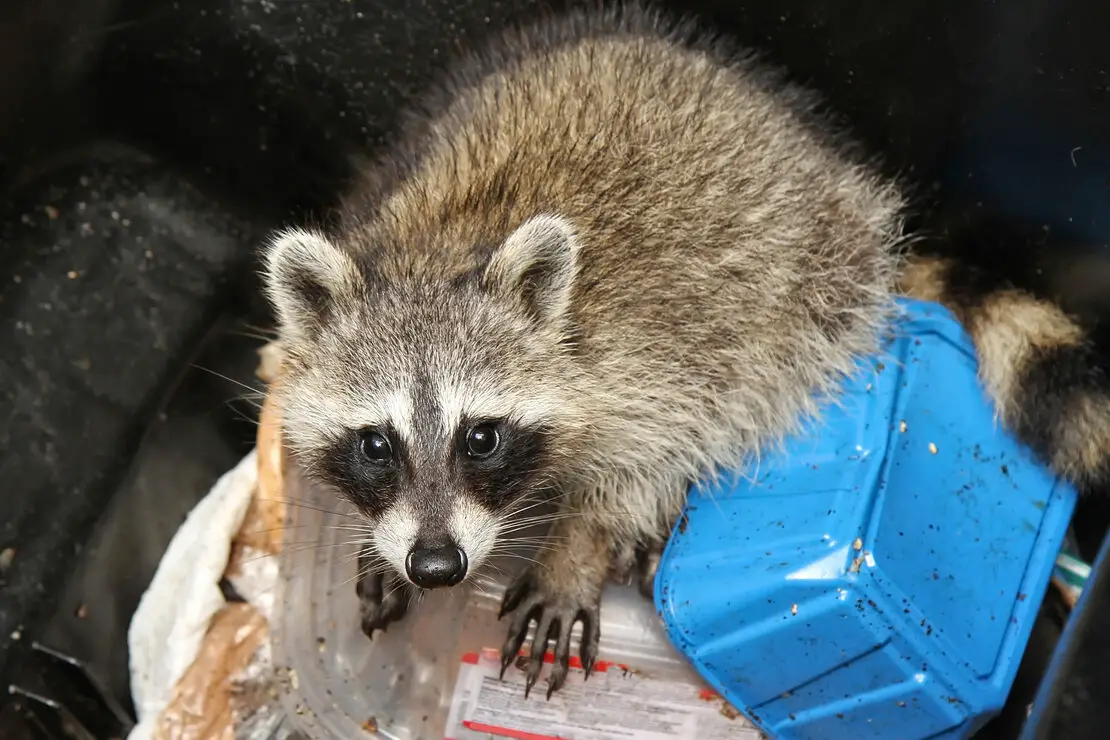
The Centers for Disease Control and Prevention suggest that one of the biggest concerns with raccoons is their ability to carry and spread diseases. They are known to be potential carriers of diseases like rabies, distemper, and leptospirosis, which can affect both pets and humans. Their feces can also contain parasites like roundworms, adding another layer of concern for anyone in close proximity. These health risks make it important to approach raccoons with caution, especially in areas where they frequent.
However, it’s essential to remember that not every raccoon is infected with these diseases, and the actual risk of transmission is relatively low if you avoid direct contact. The key to staying safe is simple: practice good hygiene and take precautions. If you need to clean areas where raccoons have been, always wear gloves and disinfect surfaces thoroughly. Coexisting with raccoons doesn’t have to be dangerous as long as you stay aware of the potential risks and take the right steps to minimize them. With a little care, you can appreciate these creatures from a safe distance while protecting yourself and your loved ones.
5. They’re Great Climbers
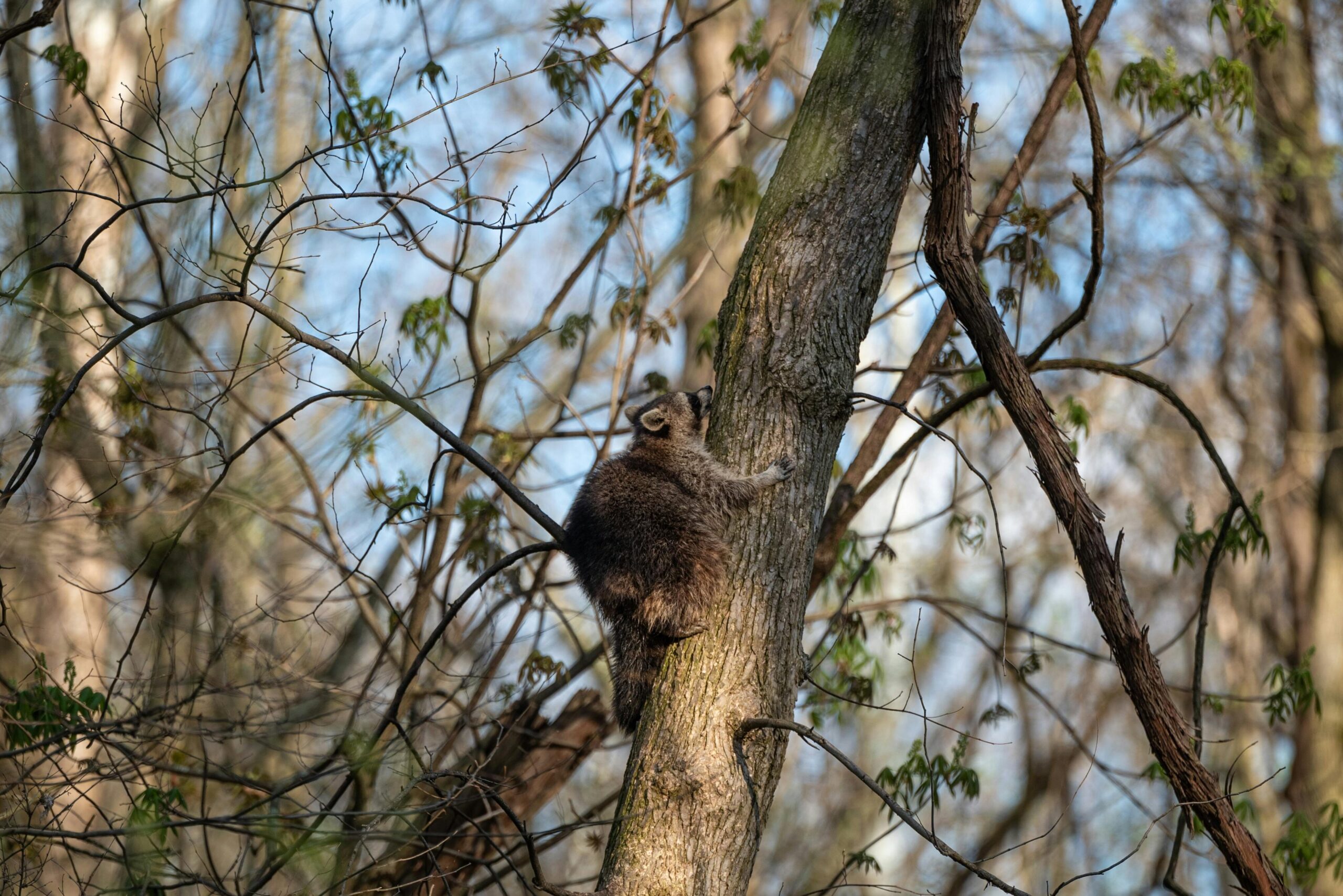
Raccoons are the ultimate acrobats, scaling trees, fences, and even buildings without breaking a sweat. From scaling trees to shimmying up downspouts, raccoons can easily access attics, roofs, and even bird feeders with impressive ease. Watching them climb is almost like watching a skilled acrobat at work, with their nimble paws and natural coordination. But this talent can quickly turn into a homeowner’s nightmare when you realize they’ve figured out how to raid your birdseed stash or get into your attic.
Their climbing skills aren’t just for mischief—they’re an essential part of their survival toolkit. Raccoons use their agility to escape predators, find food, and explore their environment, making them incredibly versatile in adapting to almost any situation. This ability to access a variety of spaces is one of the key reasons raccoons thrive in both rural and urban areas. For homeowners, it’s crucial to take preventative measures like installing barriers or trimming tree branches that give raccoons easy access to high places. By making your home less inviting for their climbing adventures, you can protect your property and still let them do what they do best—survive and adapt.
6. They Can Be Destructive
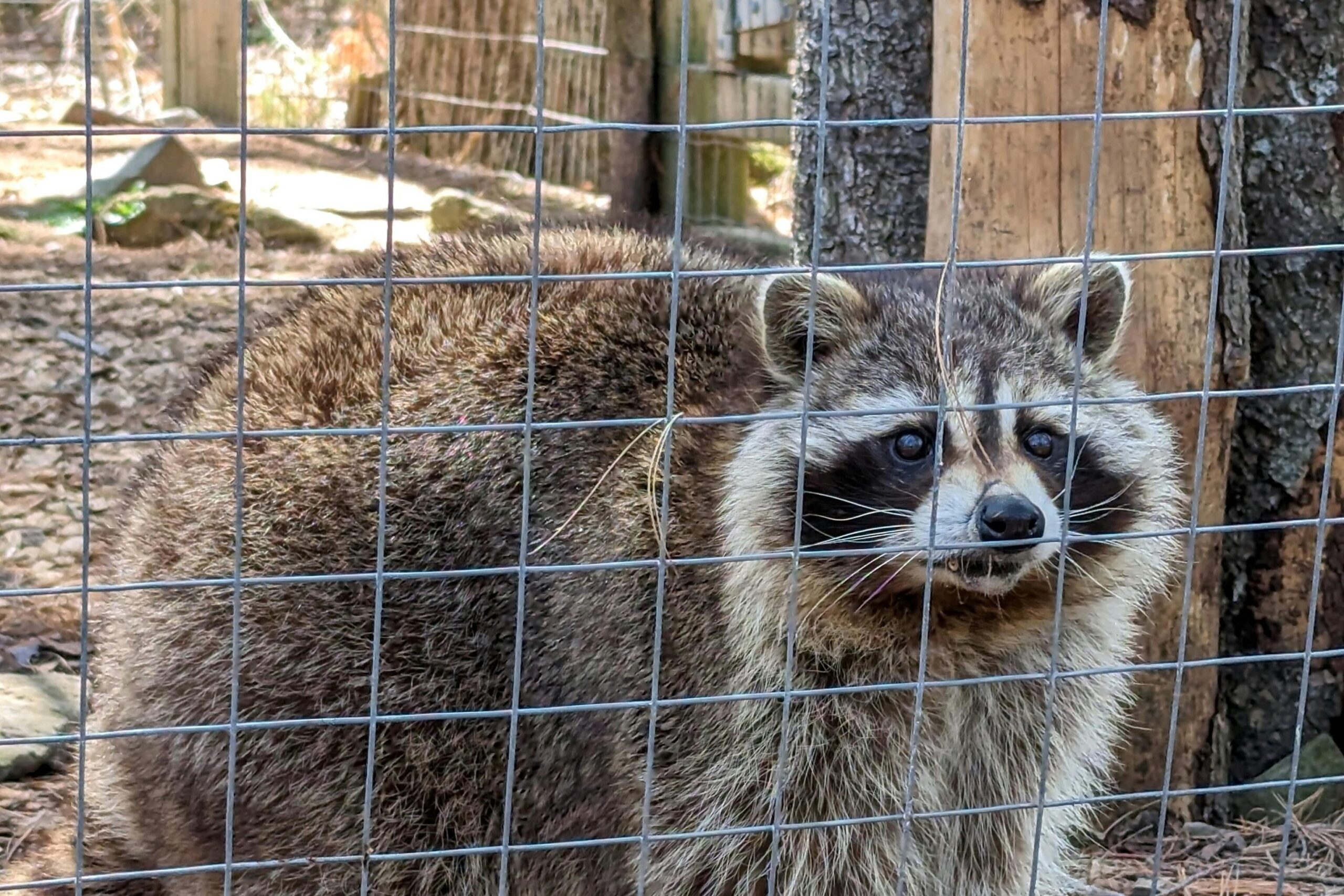
From tearing apart gardens to ripping shingles off rooftops, raccoons can cause significant property damage. They’ll explore anything that catches their attention, from trash cans to bird feeders, sometimes dismantling or damaging things in the process. For homeowners, this curiosity can translate into chewed wires, torn shingles, or overturned garden beds, leading to unexpected repair bills and plenty of frustration.
However, their actions aren’t malicious—they’re simply following their instincts to find food, shelter, and resources. Their survival depends on this resourcefulness, especially in urban environments where competition is high. By understanding their behavior, you can take steps to raccoon-proof your property in a humane way. Secure trash bins, seal entry points, and remove potential attractants to protect your space without harming these adaptable animals. This balance lets raccoons continue their survival story while keeping your home safe from their curious escapades.
7. They’re Cute but Wild
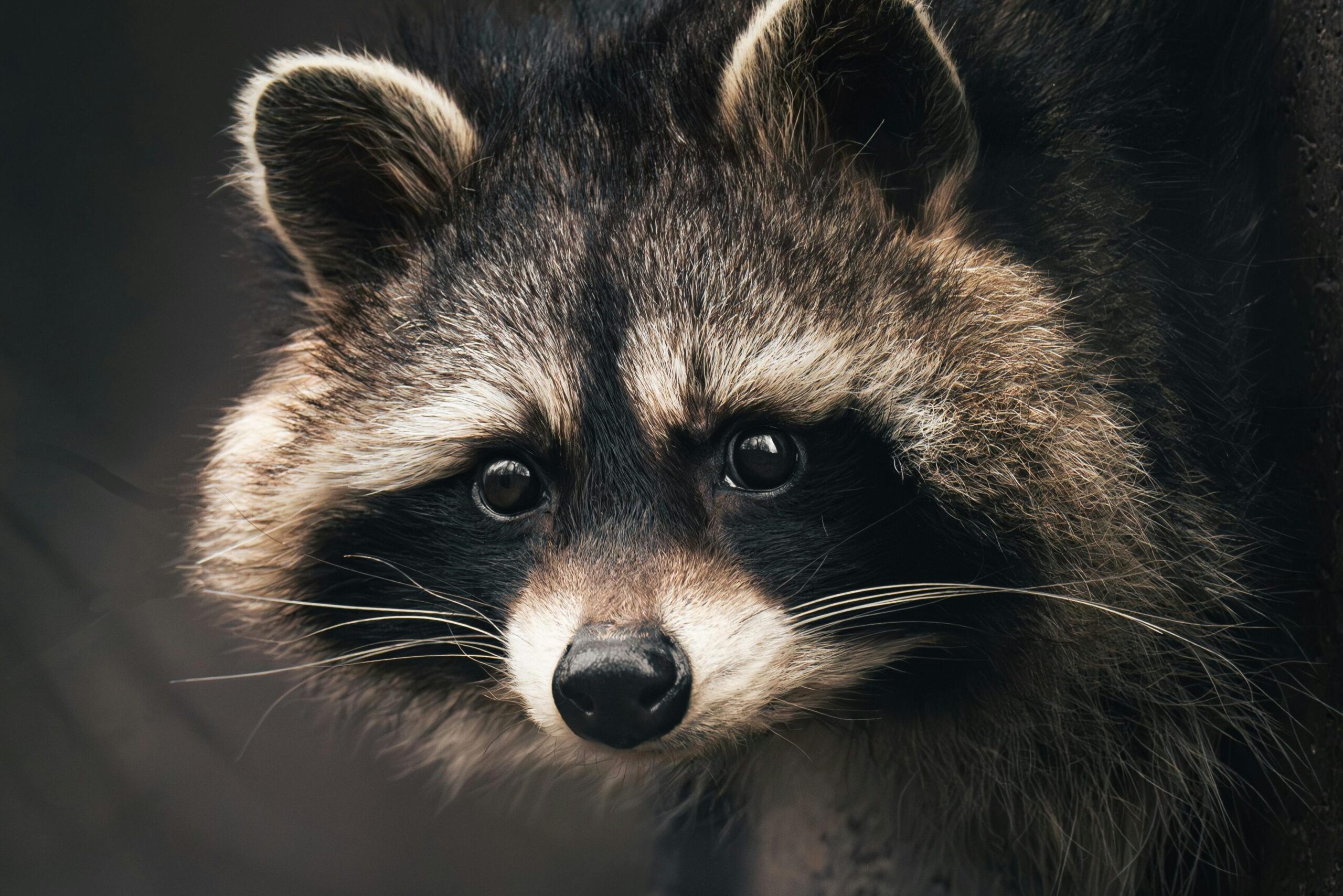
It’s hard to deny how adorable raccoons look with their fluffy tails and mischievous eyes. Their antics often feel straight out of a cartoon, making them seem more playful than wild. It’s no wonder people find them irresistible and may even be tempted to feed them or interact with them like pets. Their curious and seemingly friendly demeanor can easily make us forget they’re not domesticated companions.
However, beneath that adorable exterior lies a wild animal with sharp claws, powerful teeth, and instincts that prioritize survival over friendship. While raccoons are fascinating to watch, getting too close or treating them like pets can lead to dangerous encounters. Appreciating their beauty from a safe distance is not only respectful but also ensures safety for both parties. Raccoons are a perfect reminder that the wonders of nature are best admired, not domesticated, allowing them to thrive in their natural behaviors without human interference.
8. They’re Noisy Neighbors
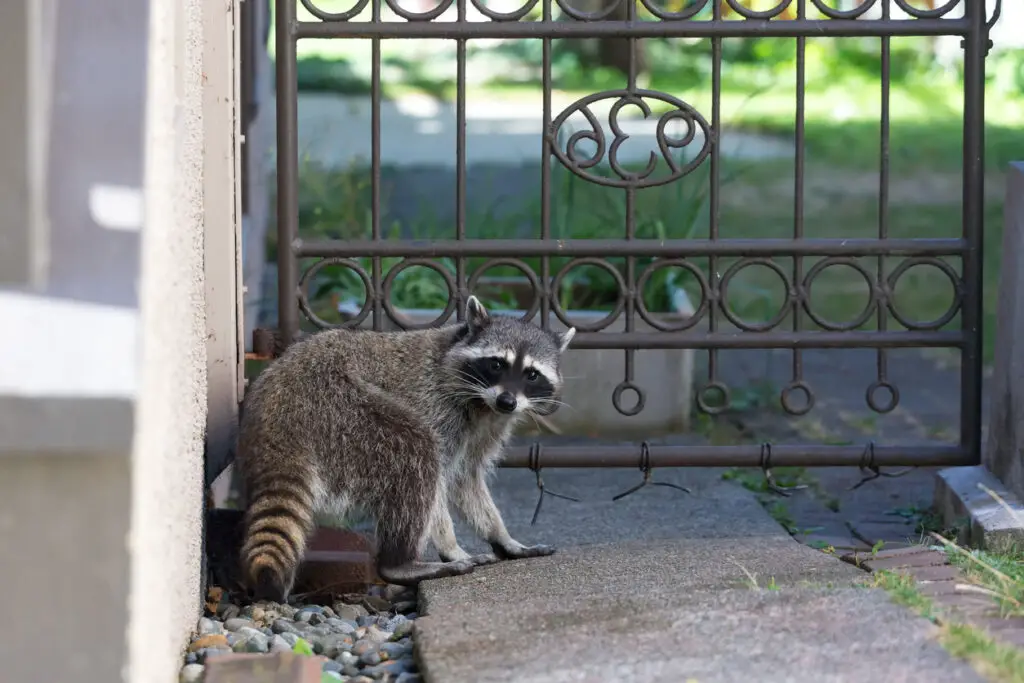
If you’ve ever shared your property with raccoons, you’re probably all too familiar with their nocturnal soundtrack. From the thud of their tiny footsteps to their distinctive chittering and growls, raccoons can make quite the racket—especially during the dead of night. For light sleepers, these uninvited guests can quickly go from fascinating to frustrating. Whether they’re scurrying in your attic, rummaging through trash cans, or calling to one another, raccoons have a knack for disrupting the peace.
Their nighttime noise isn’t meant to be disruptive; it’s just part of their regular routine. As nocturnal creatures, raccoons are most active while we’re trying to get some shut-eye. The best way to minimize their commotion is to keep them out of your home entirely. Sealing up entry points like vents or loose roof tiles and securing outdoor food sources can encourage them to stay outside. This way, you can sleep soundly while they carry on with their midnight escapades somewhere else.
9. They Can Be Aggressive When Cornered
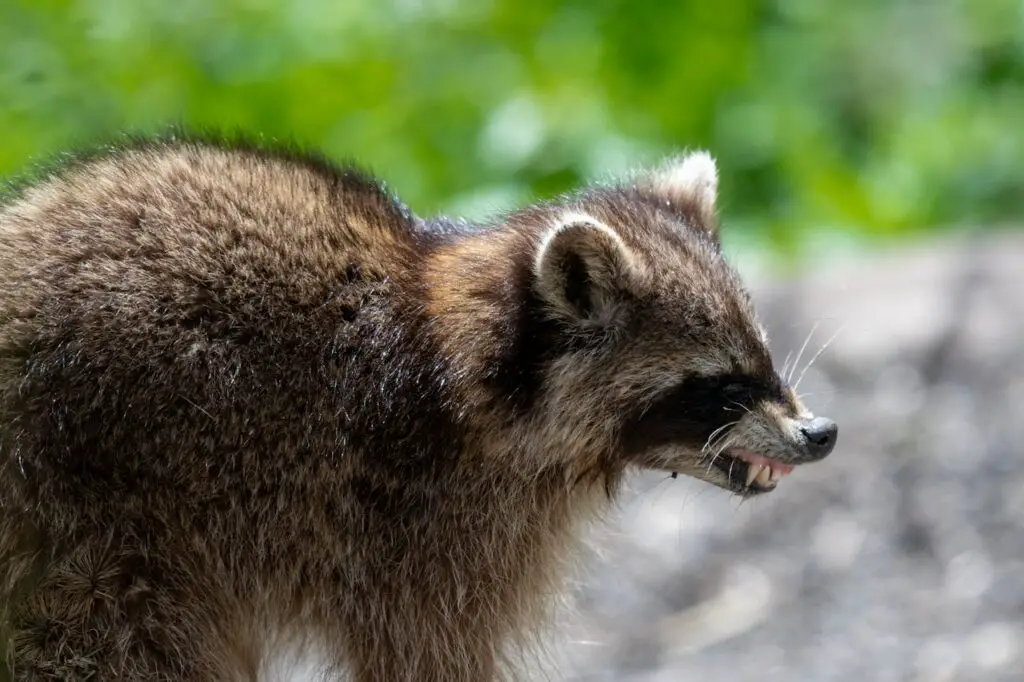
Most raccoons are naturally skittish and prefer to steer clear of humans, but like any wild animal, they can become aggressive when they feel threatened. If a raccoon perceives danger—whether it’s being cornered, startled, or having its den approached—it may react defensively. This could mean growling, hissing, or even swiping with its sharp claws. These behaviors aren’t signs of a mean streak but rather a survival instinct kicking in.
The key to keeping the peace is understanding how to interact with raccoons—or better yet, how to avoid interaction altogether. Giving them plenty of space and avoiding sudden or threatening movements can go a long way in preventing conflict. If you happen to cross paths with a raccoon, stay calm and let it move along on its own. Remember, they’re not out to pick a fight; they just want to feel safe in their environment. Respect their boundaries, and you’re unlikely to have any trouble.
10. They’re Resourceful Survivors
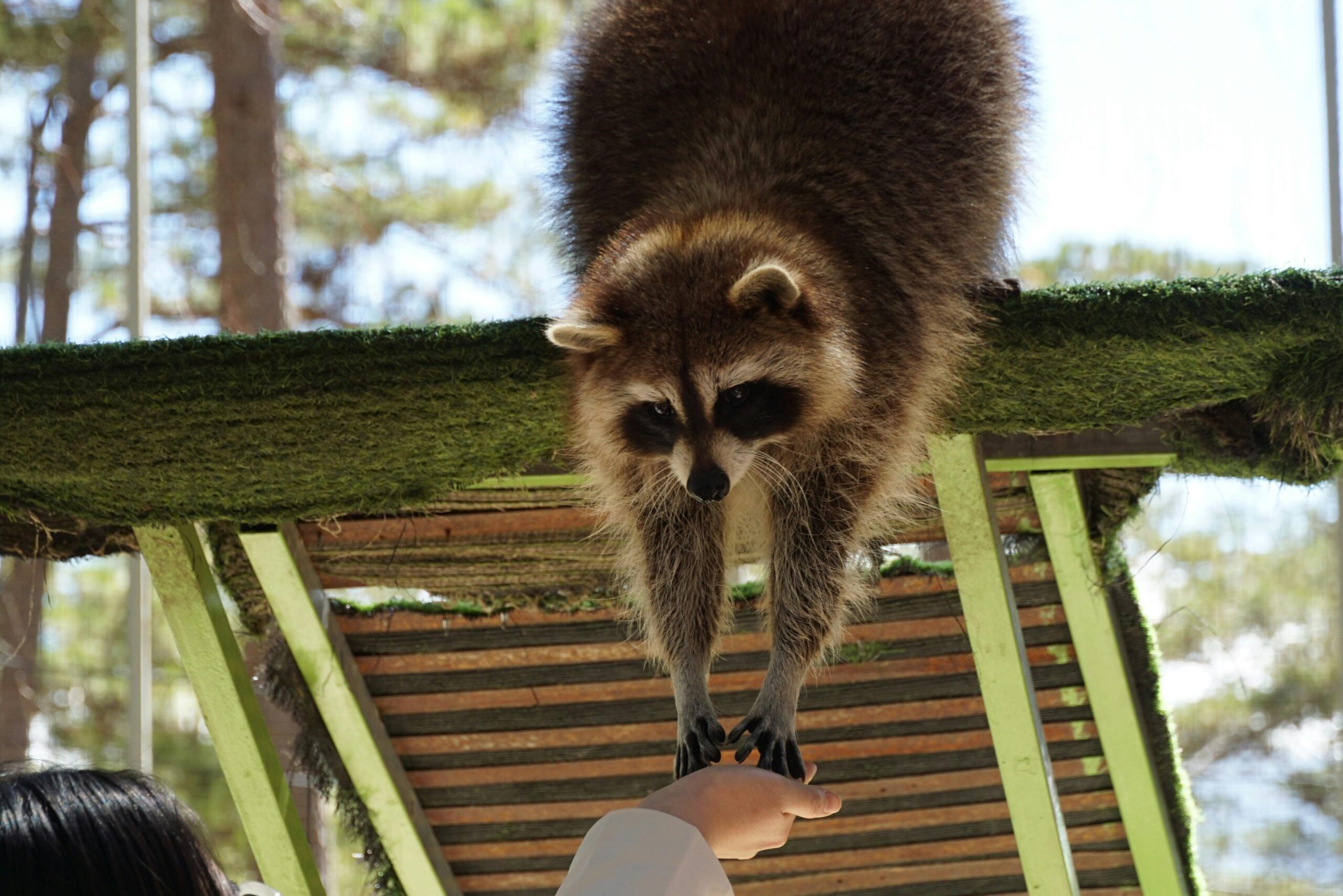
Raccoons are true survivalists, thriving in environments as varied as dense forests and bustling urban neighborhoods. Their adaptability is nothing short of remarkable—they’ve mastered the art of coexisting with humans, finding food and shelter in the most unlikely places. From rummaging through garbage bins to nesting in attics or abandoned buildings, raccoons have turned human habitats into their own. Their omnivorous diet means they’ll eat almost anything, making it easy for them to adjust to changing surroundings.
While their resourcefulness is impressive, it can sometimes make them troublesome neighbors. Raccoons in residential areas often lead to damaged gardens, raided trash bins, and even noise disturbances. However, understanding their habits and why they behave the way they do can make coexistence easier. Simple measures like securing trash cans, sealing entry points to your home, and removing food sources can help deter them. Respecting their role in the ecosystem while protecting your property strikes a balance that benefits both humans and wildlife.
11. They’re Natural Hoarders
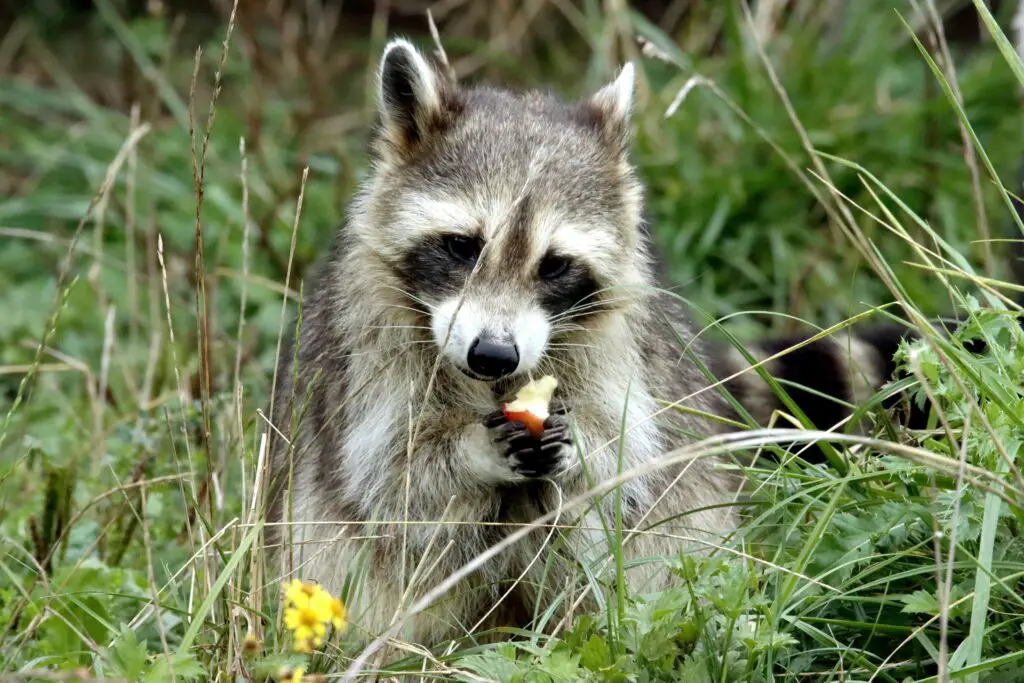
Raccoons are natural hoarders, with a knack for stashing food and shiny objects they come across. If you’ve ever stumbled upon a random collection of trinkets or scraps of food in an odd corner of your yard or home, chances are a raccoon is to blame. This quirky habit isn’t just for fun—it’s a survival strategy. By stockpiling items, they’re preparing for times when food is harder to find, like during colder months or in areas where resources are scarce.
As amusing as their little treasure hunts can be, it’s not quite as endearing when they raid your yard, garden, or outdoor storage spaces. Raccoons are known to turn attics, garages, and other hidden nooks into their personal storage lockers, leaving behind messes in the process. To keep their hoarding tendencies in check, it helps to secure food sources like pet bowls or compost bins and clean up outdoor spaces regularly. While their behavior is fascinating, a little prevention can go a long way in keeping their antics from becoming a nuisance.
12. They’re Surprisingly Social
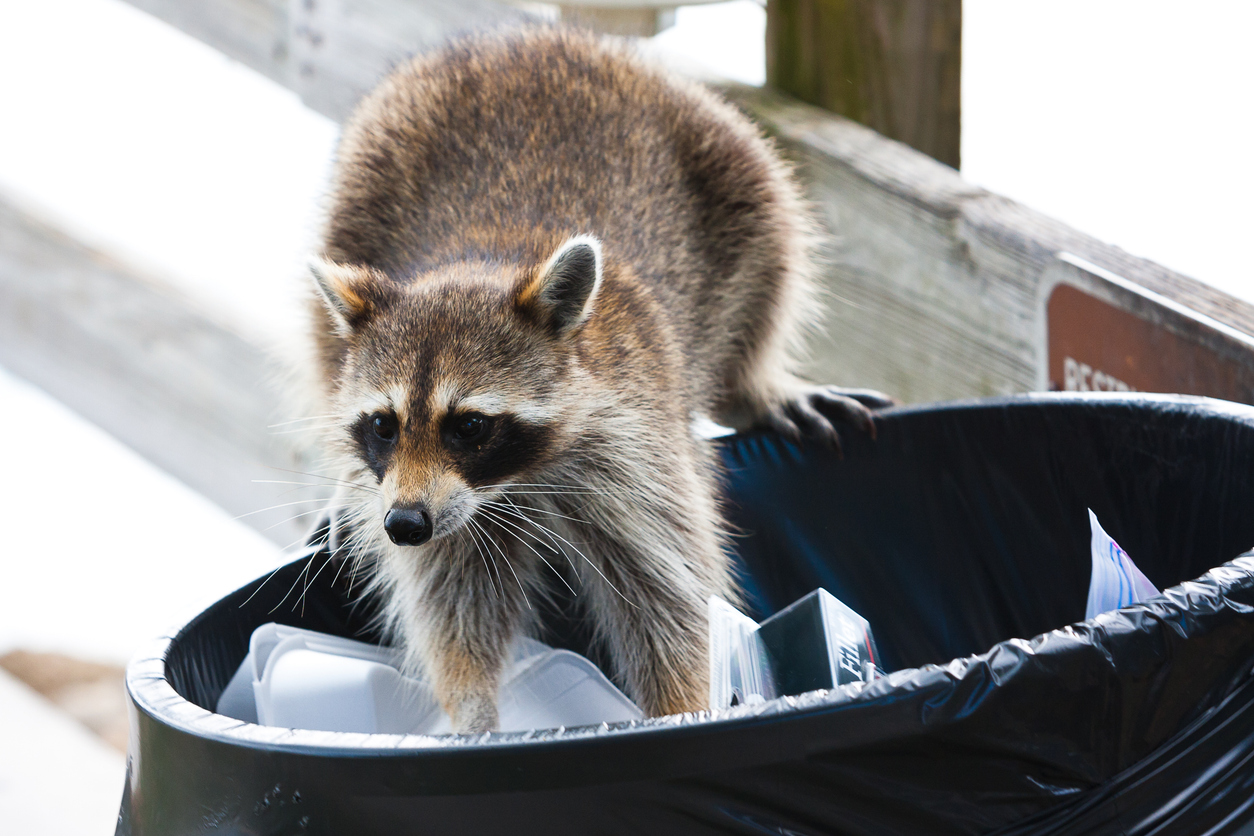
Raccoons are notorious for rummaging through garbage bins, leaving behind a trail of overturned cans and discarded leftovers. According to National Geographic, their sharp intelligence and nimble hands make them masters at breaking into even the most secure trash containers. For homeowners, this can be frustrating, as the mess they leave behind often means extra cleanup work.
However, raccoons’ garbage raids aren’t all bad—they’re part of nature’s cleanup crew. By foraging through waste, they help break down organic matter and reduce the risk of trash attracting even more problematic pests like rats or flies. While their methods might not be neat, they do contribute to the ecosystem in their own way. To keep the peace, securing your trash cans with tight lids or bungee cords can help prevent their nighttime escapades. This way, you can protect your yard while respecting the raccoons’ resourceful role in nature.
13. They Have a Keen Sense of Touch
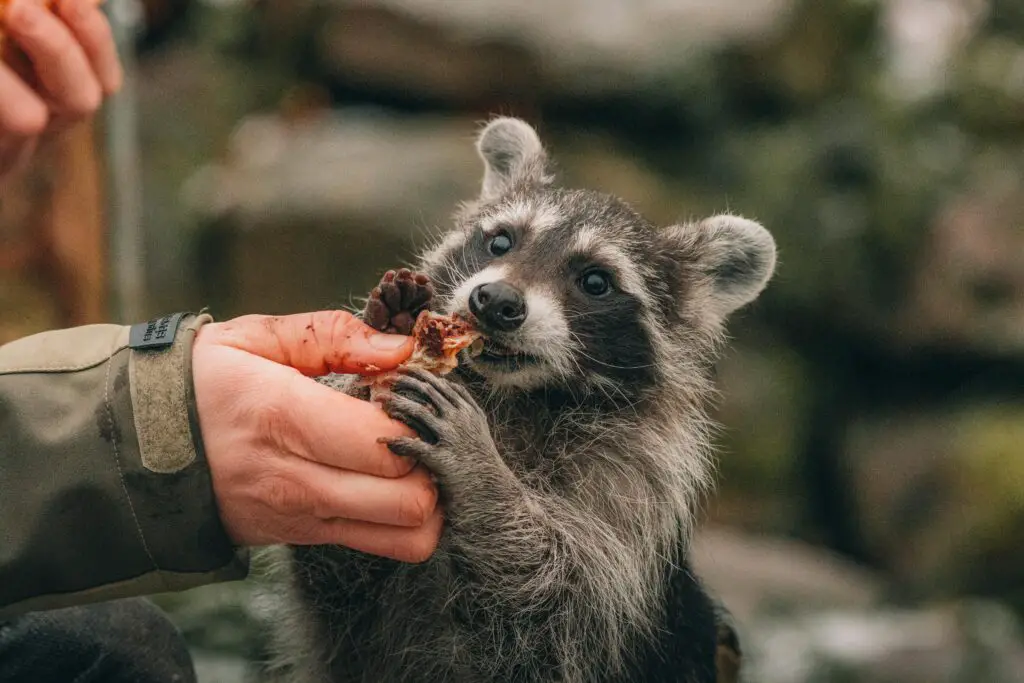
Raccoons rely on their extraordinary sense of touch, which is among the most developed in the animal kingdom. Their front paws are highly sensitive, containing more sensory receptors than most other animals. This incredible sensitivity allows them to identify objects, manipulate items, and even perform tasks that require surprising dexterity. It’s why raccoons are notorious for prying open jars, unlatching cages, and sometimes even turning doorknobs. Their paws act as their primary tools for exploring the world around them, both in the wild and in urban environments.
This remarkable skill isn’t just for getting into mischief—it’s vital to their survival. In nature, raccoons use their tactile abilities to forage for food, detecting edible items in streams, under rocks, or in hidden crevices. Their sense of touch also helps them identify potential threats, keeping them safe in unpredictable environments. While it’s fascinating to watch their dexterity at work, it’s also a good reminder to secure trash bins, pet doors, or anything else you’d prefer they avoid. Understanding their unique abilities can help us better appreciate their resourcefulness while protecting our spaces from their curious nature.
14. They Love Water
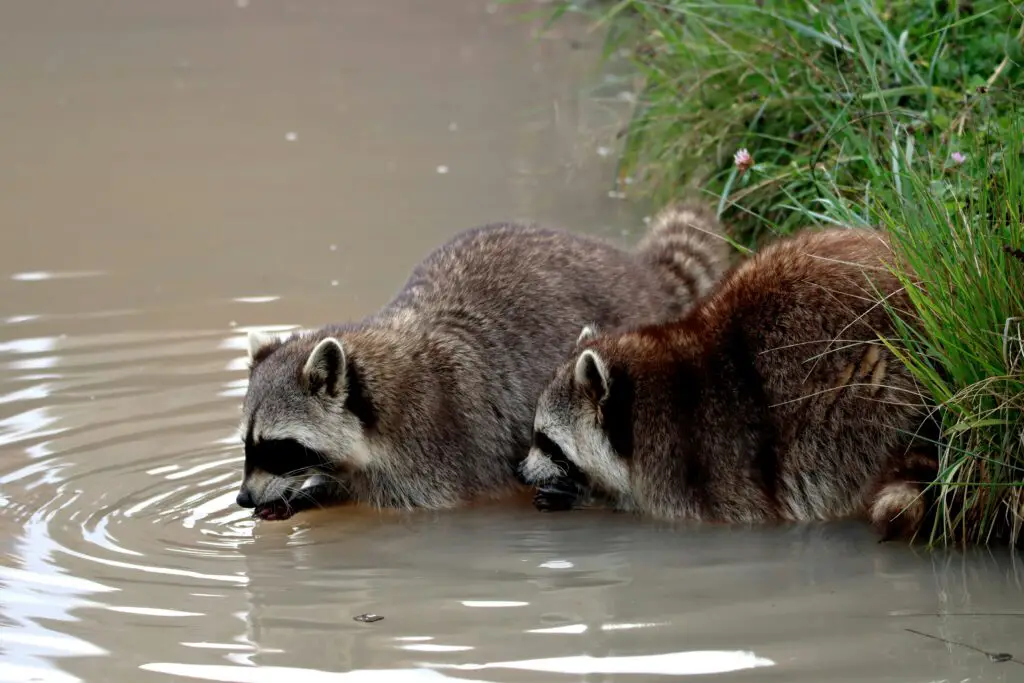
Raccoons are naturally drawn to water, where their curious behavior shines through in fascinating ways. One of their most unique habits, called “dousing,” involves dipping their food into water before eating it. While this might look like a quirky attempt at cleanliness, it’s believed to stimulate the nerves in their highly sensitive paws, enhancing their tactile perception. Whether it’s a stream, birdbath, or even your backyard pool, water sources are like playgrounds for these clever critters, making them an irresistible feature in their environment.
However, their love for water can sometimes create challenges for homeowners. Raccoons may damage water features like fountains or koi ponds as they explore, and they can leave a trail of muddy messes around pools. In some cases, they might even contaminate ponds with their droppings, creating additional headaches. To keep these curious swimmers at bay, you can install covers, add motion-activated lights, or put up fences around water sources. While it’s fun to watch their antics from afar, taking these steps can help ensure your water features remain clean and intact.
15. They’re a Part of Nature’s Balance
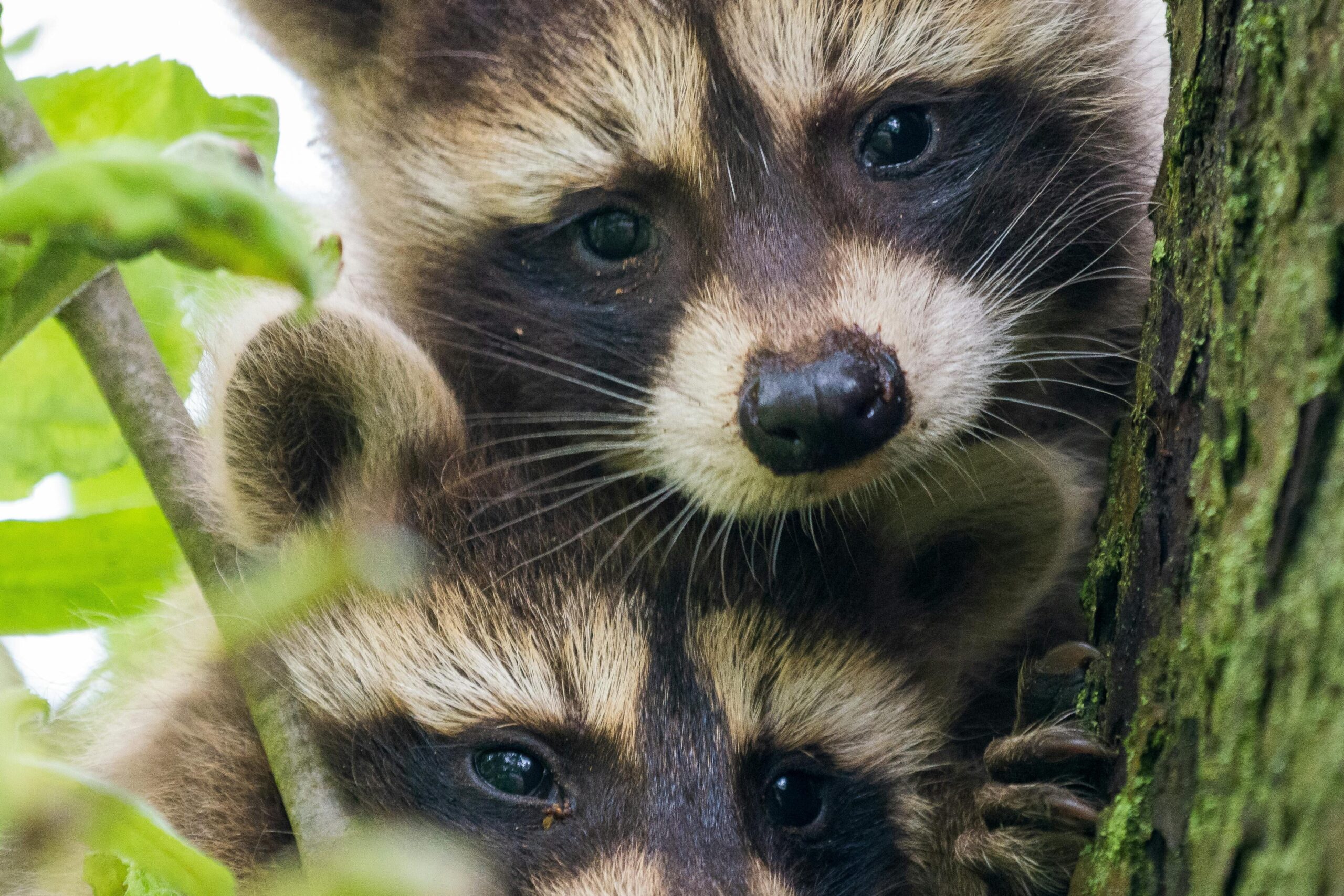
Despite their reputation as pests, raccoons play an important role in the ecosystem. They help control insect populations, spread seeds through their droppings, and provide a food source for predators like coyotes and owls. Their adaptability ensures that they contribute to the natural balance, even in urban settings.
Their remarkable adaptability allows them to thrive in diverse settings, including cities, where they often clean up discarded food waste. This adaptability also highlights their resilience and the ability of wildlife to adjust to human impact. While their behavior may sometimes frustrate homeowners, understanding their ecological role can foster a greater appreciation for these resourceful creatures. They remind us of the complex interplay between wildlife and human development, emphasizing the importance of coexistence. Managing raccoon interactions responsibly can reduce conflicts while preserving their role in the environment. Coexisting with them might require effort, but it’s a valuable step toward supporting a thriving natural world.


